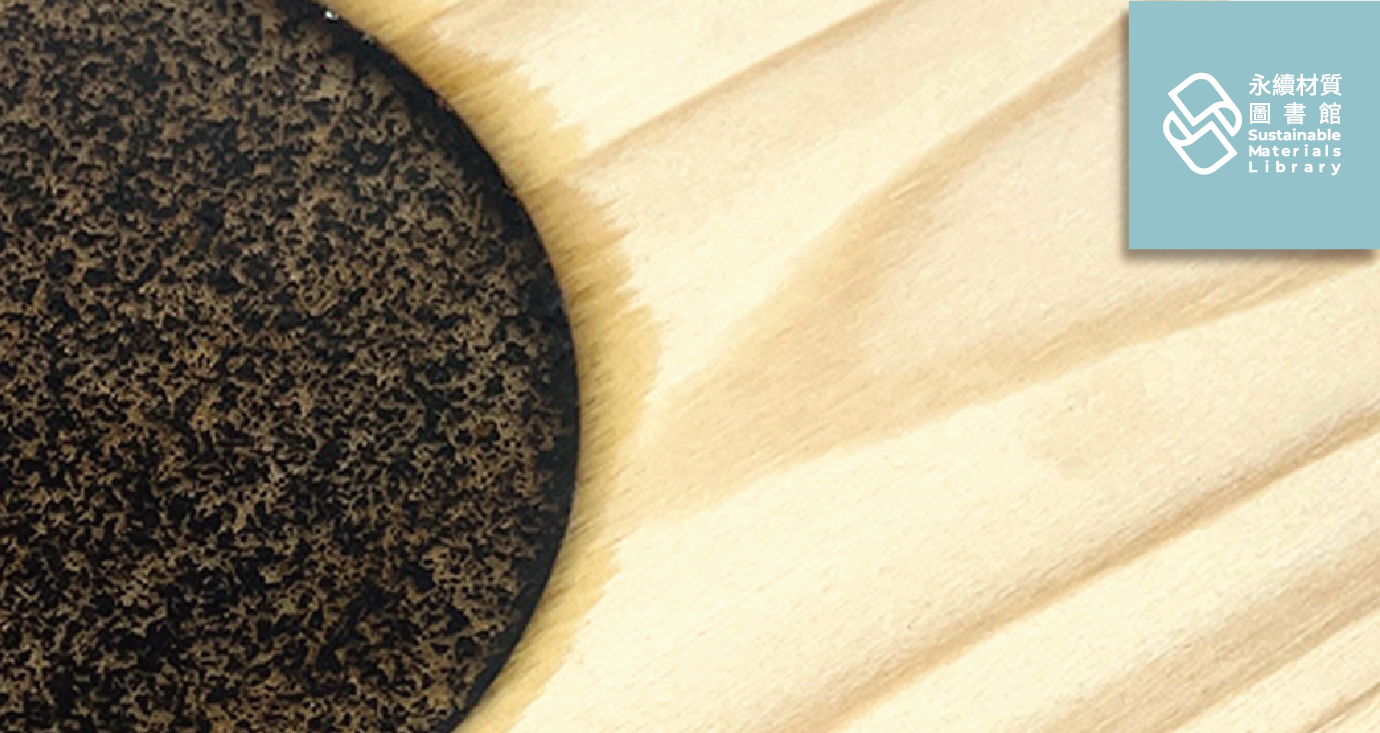Jan 10, 2024

The relationship between net zero emissions and corporate development in 2050
In 2019,the United Nations announced that it had reached a consensus with 66 countries, willing to achieve net-zero carbon dioxide emissions by the year 2050. It is believed that more countries will support and join this initiative in the future, as environmental issues have become global, and the inevitable mutual influence among nations. A global mobilization to prevent climate change-induced disasters is the only way to bring about meaningful change.
Thus, the goal of achieving net-zero emissions by 2050, which originated from United Nations conferences, has diffused from national to corporate, household, and individual levels. Interconnected layers are devising concrete actions to reduce carbon emissions. As a result, with the support of government policies, achieving net-zero emissions has become an integral part of corporate ESG (Environmental, Social, Governance) strategies.
Nestlé Taiwan's Sustainable Actions and Philosophy
Nestlé, as a global company, acknowledges the goal of achieving net-zero emissions by 2050, and this commitment is reflected in its corporate operational policies and ESG (Environmental, Social, and Governance) strategies.
Nestlé Taiwan is actively planning sustainable actions to reach the "2050 Net Zero Emissions" goal. The company is reevaluating corporate resources, innovating product combinations and business models, and fostering a comprehensive sustainability mindset within the organization. Initiatives such as organizing sustainability workshops during employee family days, establishing courses in the Academy of Corporate Sustainability, and adopting recycled paper pulp for business cards demonstrate Nestlé's commitment to integrating sustainability into various aspects of its operations.
To ensure that “sustainability” becomes a part of employees' daily lives and to keep the goal in mind, Nestlé Taiwan decided to incorporate the concept of sustainability into its annual corporate image wall replacement in 2021. The new wall is designed to be made from sustainable materials and is intended for perpetual use, reflecting the company's determination to practice sustainability through tangible actions.
%20-%20%E5%B7%B2%E4%BF%AE%E5%9C%96(1).jpg)
The Wall That Seems Simple But Is Actually Complex
Through the "Sustainable Materials Library", the Plastic Center's Sustainable Design Team initiated a collaboration with Nestlé Taiwan to explore and discuss the company's overall operational projects and processes. The goal was to identify suitable items in the operational process for waste recycling assessments and testing. After careful consideration, the team decided to use wooden pallets, commonly used in logistics and transportation, as the main component for the image wall. Coffee grounds, representing Nestlé's products, were chosen as the coloring material. This innovative approach resulted in the creation of the sustainable Nestlé Taiwan's Image Wall.
To align with the principles of sustainability and convey a more profound sense of circulated imagery, Nestlé Taiwan's Image Wall was designed in a modular and detachable structure. The wall is divided into 12 sections, allowing for continued use in case of future office relocations. The modular and detachable design, while increasing engineering complexity, ensures a continuous and coherent visual appearance. Each template requires rigorous calculations of dimensions and positions to maintain a consistent visual aesthetic and texture.
The process of creating the wall begins with obtaining discarded wooden pallets and involves 12 steps: dismantling, leveling, thickness setting, assembly, cutting, carving patterns, structural fabrication, staining, adding coffee grounds, finishing, lacquering, and assembly. Each step requires precise execution, testing the designer's patience and skill.
The reclaimed wooden pallets used for the wall differ from typical furniture-grade wood. Pallet wood tends to be softer, more prone to splitting and has a lower load-bearing capacity. Additionally, each pallet may use different types of wood, significantly increasing the uncertainty in the construction of the wall. To ensure quality, the design team invested a considerable amount of effort in structural reinforcement, treatment, assembly, and other aspects. After a series of intricate discussions, testing, and work, the sustainable wall was finally completed.
.jpg)
Hope to inspire more businesses or individuals to join sustainable actions
Even though it is just a wall for the company’s image, Taiwan Nestlé, as a leading player in the food industry, has invested a great deal of effort and attention to detail in its creation. The aim is to declare the commitment to "2050 Net Zero Emissions" and, as a pioneer in the food sector, inspire other companies to strive for sustainability. This wall, more than just a physical structure, serves as a medium for conveying principles. Whether for businesses or individuals, choosing to make a difference, opting for sustainability, and embracing innovative endeavors can lead to a synergy where 1+1 is greater than 2.
The Plastic Center, serving as a corporate think tank, not only engages in polymer technology research and development but also possesses expertise in net-zero emissions, sustainable materials, and circular design. Together with businesses, society, and the public, they are collectively striving towards the challenge of achieving net-zero emissions by 2050. Chairwoman Josephine LO of Nestlé Taiwan stated, "Taiwan is not lacking in experts or technology; what we lack are innovative ideas and courage. When we have innovative ideas, a bright future is actually in our hands". The story behind the Nestlé Wall confirms that choosing the right options and daring to implement them is essential for achieving goals. By choosing to produce, manufacture, and use products with recycled materials, more carbon emissions can be reduced. Choosing to operate businesses, lifestyles, and business models sustainably can alleviate the Earth's burden and contribute to environmental sustainability. It is hoped that after the story of this company image wall, more businesses, households, and individuals will join the action for net-zero emissions, collectively working towards environmental sustainability.
Nestlé Sustainable Elephant Wall video: